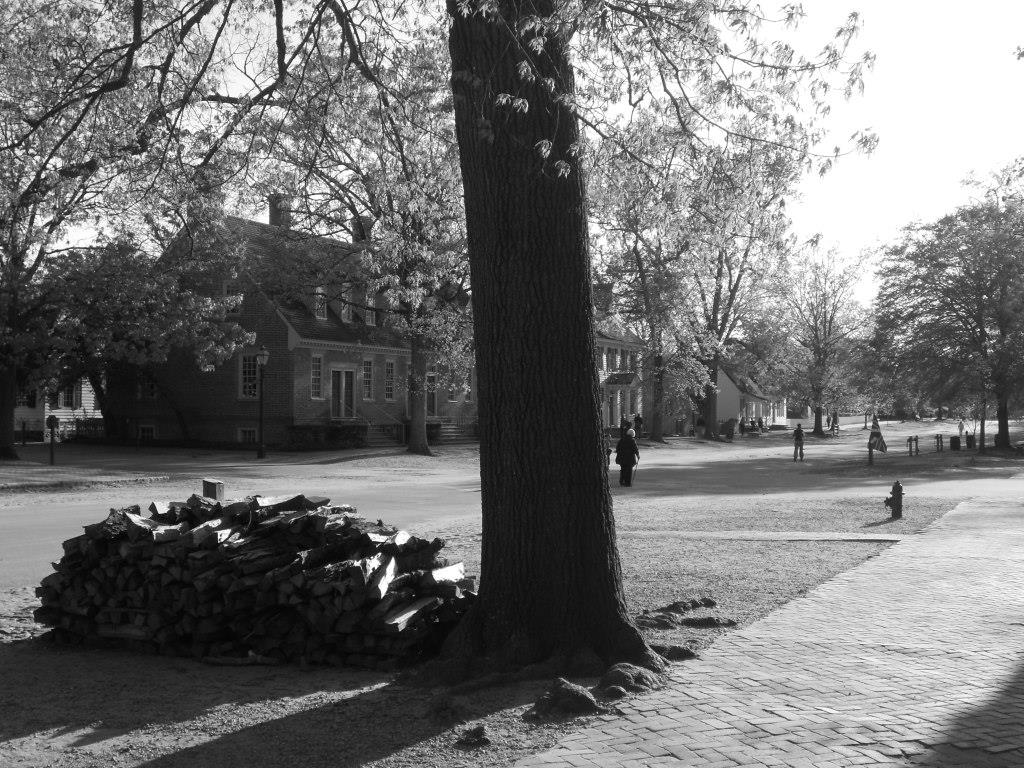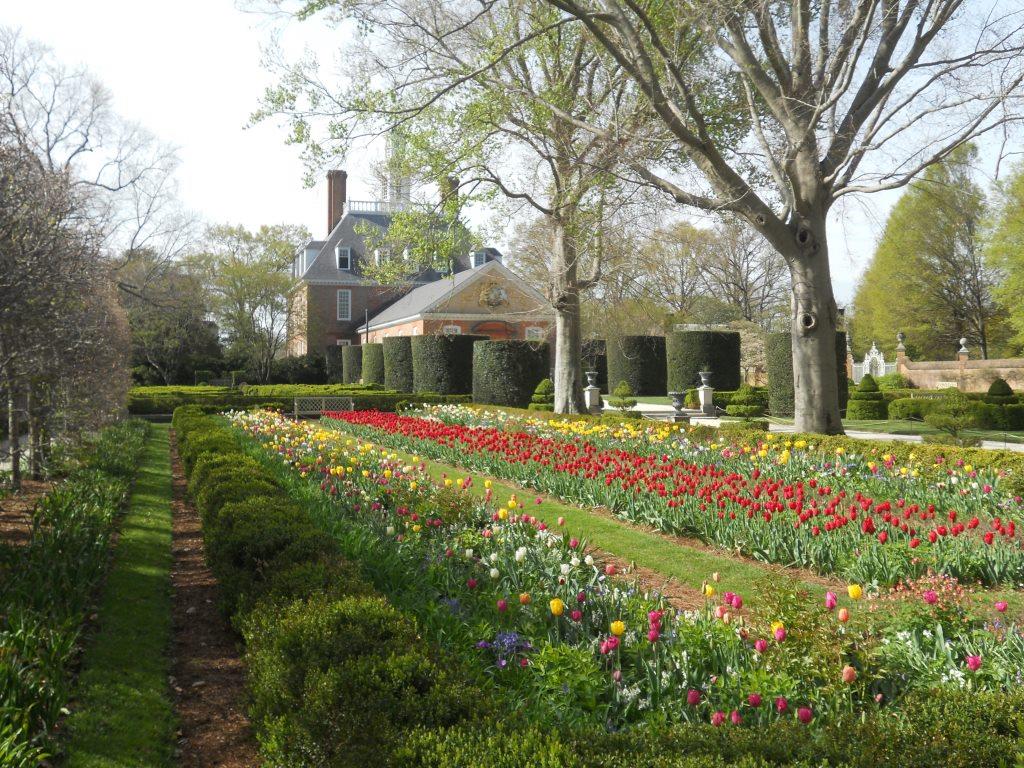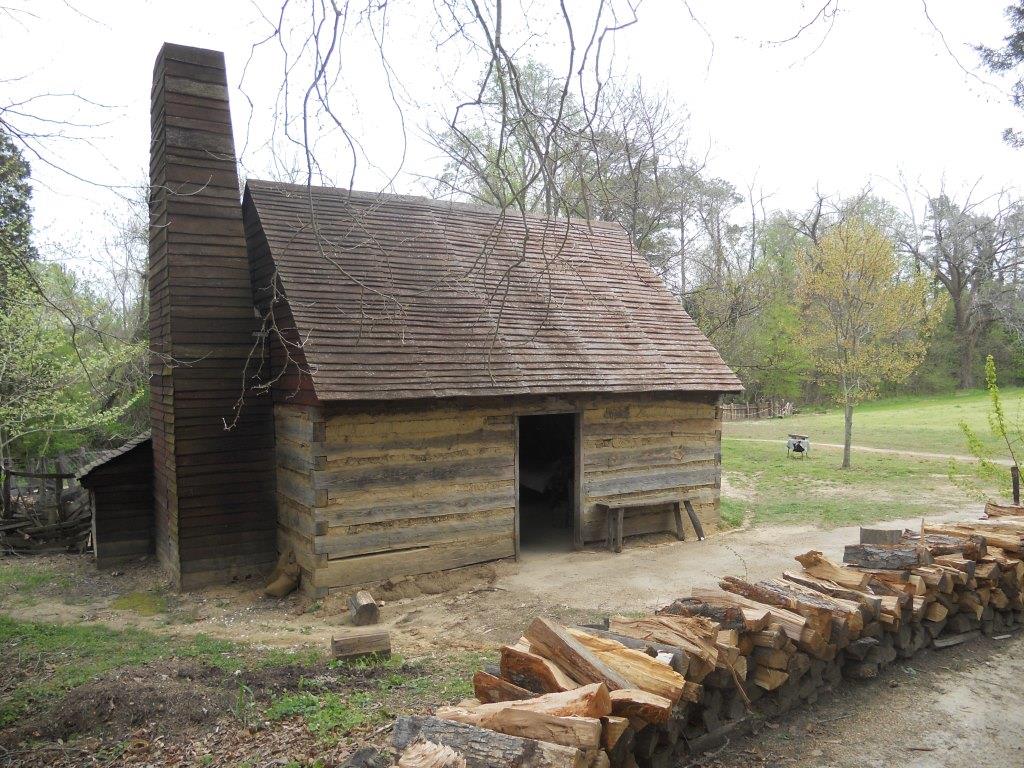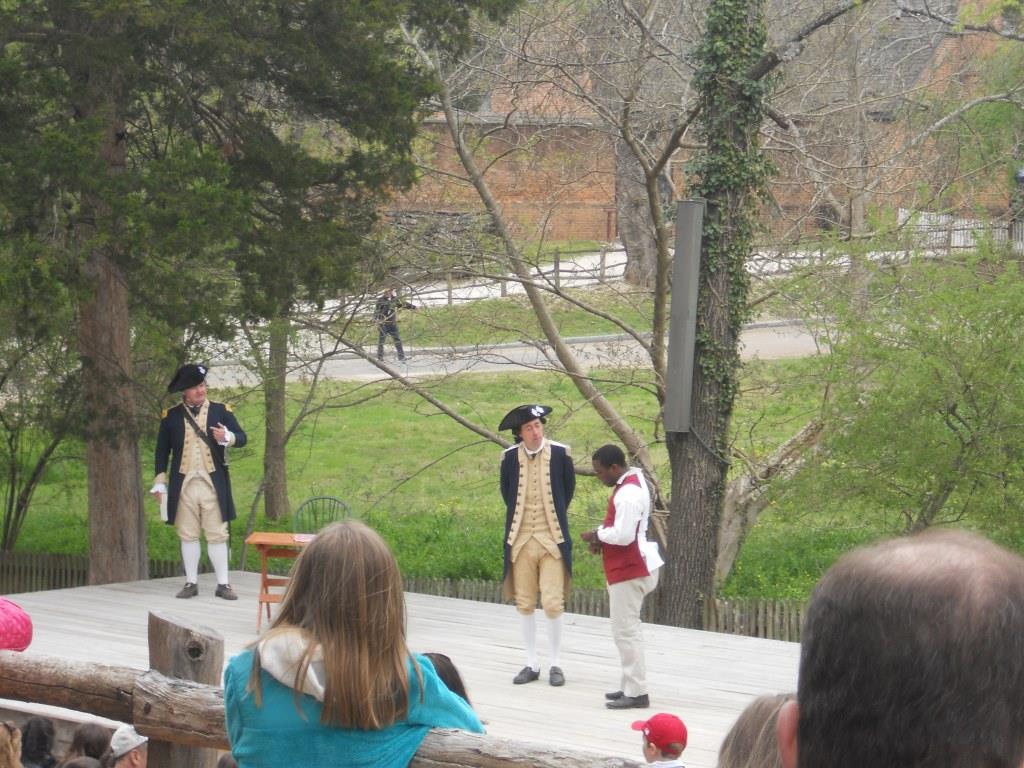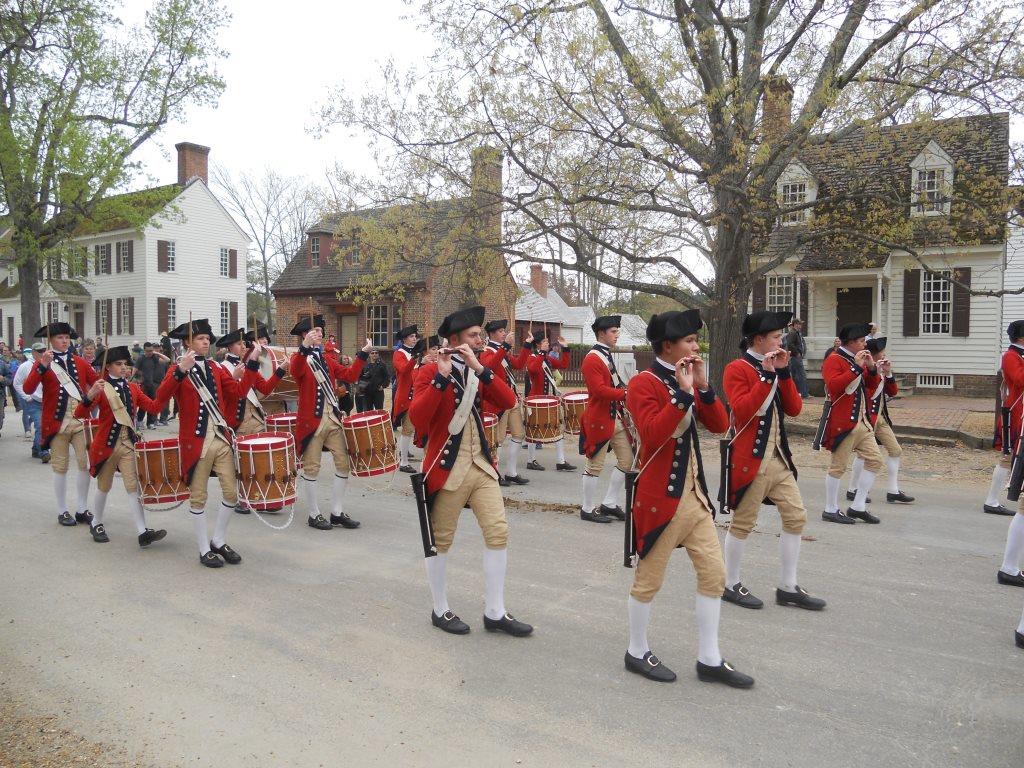In case the last post about my trip to the CZAP Project excavation in Kurdistan didn’t make you jealous enough, this post deals with a trip to Colonial Williamsburg in Virginia, USA. I was invited over to discuss our exciting new collaboration on the Performing the Past Summer School which teaches the basics of costumed interpretation.
As I mentioned in last year’s postcard, Colonial Williamsburg is a hard place to get your head around due to the sheer range of facilities. This time I was staying right in the heart of the Historic Area for two weeks and I got to see the full scope of what Williamburg has to offer.
Firstly the site has it’s own state of the art museum and stores which hold both examples of furnishings and objects from the period and the wonderful Abby Aldrich Rockefeller Folk Art Museum. Behind the scenes its educational facilities are also top notch and include a TV studio where they film footage for their Electronic Field Trips.
The Foundation also oversees the original and reconstructed buildings which are furnished to the standards of the time. In these buildings you may find costumed guides giving tours or the craftspeople and apprentices who form Williamsburg’s ‘trades’ department. With everything from baskets to wig making going on you can spend days just walking around talking to these extremely knowledgeable individuals. However, I was there for two reasons 1) to look at the live interpretation and (2) to explore my research into the reintroduction of ‘hidden’ or ‘silenced’ voices at heritage sites.
On the second point, as Gable and Handler (1997)‘s study of the site makes clear, Williamsburg has always had trouble reconciling the nostalgic elements of its reconstruction with the less palatable aspects of its past. Since 1979 the site has had an African American programme which tells the stories of these enslaved and freed people who made up half of the population of the city. I attended an incredibly moving workshop called ‘Workin’ the Soil, Healing the Soul’ which was delivered in third person and took visitors through the experiences of enslaved people at a plantation site. It’s easy to miss Great Hopes if you jump on the bus to the Historic Area but I would urge visitors to take time to talk with these incredible interpreters. It is challenging but you need to experience it.
The challenges of telling the whole story of Williamsburg can also be witnessed in the Historic Area where staff are constantly discussing and debating how programmes such as ‘Revolution in the Streets’ can convey the full range of historical lived experiences. Watching ‘The Hated Spy’ or ‘Jumpin’ the Broom’ made it hard, for me at least, to simply tune out and enjoy the beauty of the place and forced me to engage with these complex and contradictory aspects of the past. As I was over there on a research grant I got to talk to the team behind this research and interpretation. Williamsburg as an organisation, and individual interpreters, sometimes ‘get flack’ for their depiction of the past but it’s clear that they’re tough on themselves and are always trying to improve what they do. It’ll be interesting to see how the site develops over the next couple of years and I’m really looking forward to welcoming some of their team on ‘Performing the Past’ this summer.


